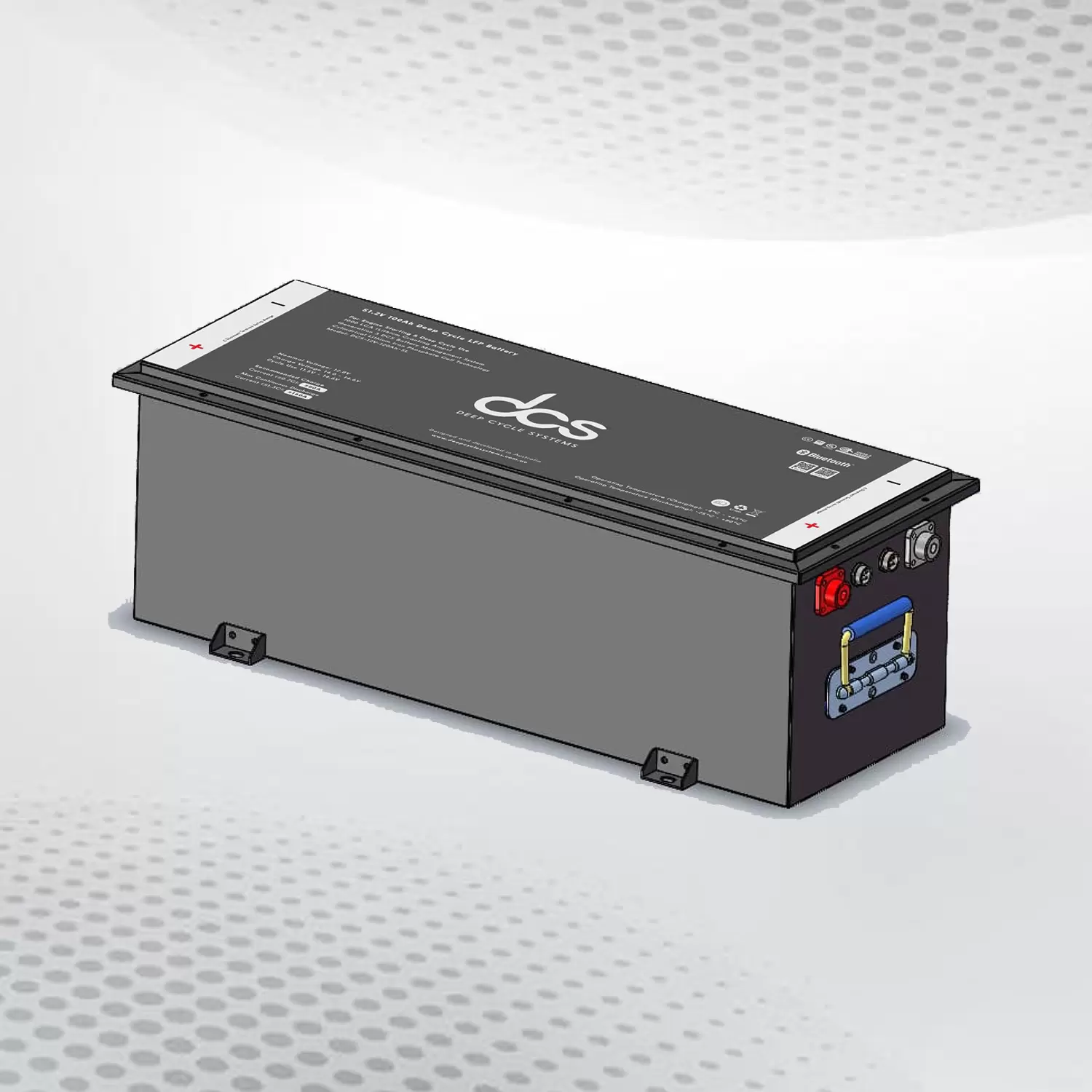Troubleshooting the Common 1.8 Cruze Oil Cooler Problems

When it comes to keeping your 1.8 Cruze running smoothly, the oil cooler plays a vital role that often goes unnoticed—until something goes wrong. This unsung hero helps maintain optimal engine temperature by regulating oil flow and preventing overheating. But like any component in your vehicle, it can encounter issues over time. If you've noticed unusual signs from your Cruze or want to be proactive about its maintenance, you're in the right place! Whether you’re facing leaks, strange noises, or unexpected performance drops, understanding the common problems with the 1.8 Cruze oil cooler is essential for every owner.
Understanding the Oil Cooler
The oil cooler is a vital component nestled within the heart of your 1.8 Cruze. Its primary role is simple yet essential: it keeps the engine oil at an optimal temperature, ensuring everything runs smoothly under pressure. Think of it as a diligent guardian, tirelessly protecting your engine from overheating.
As the engine operates, temperatures rise and can become detrimental if left unchecked. The oil cooler steps in by circulating oil through its cooling fins or tubes, allowing air to cool down this lifeblood of your vehicle before it returns to lubricate critical parts.
Most often made from aluminium or brass, these units are designed for efficiency and durability. Their construction allows for better heat dissipation while maintaining low weight—key factors in automotive engineering!
However, wear and tear can occur like any mechanical part exposed to high temperatures and stress over time. Knowing how this integral piece functions helps you appreciate its importance when things go awry.
Understanding the basics of your Cruze’s oil cooler sets the stage for diagnosing issues effectively later on—a crucial step toward keeping your ride dependable on every journey!
Identifying Symptoms of Oil Cooler Issues
When it comes to your 1.8 Cruze, awareness is key. Oil cooler issues often sneak up on you, but the signs are there if you know what to look for. One of the first symptoms is an unusual rise in engine temperature. If your gauge starts flirting with the red zone during regular driving, that’s a red flag.
Another indicator can be found in the oil itself. Check for milky or frothy oil—this could mean coolant has mixed with the oil due to a failing cooler. Your engine deserves better than that murky mess!
You might also notice leaks under your car or around the engine bay. Puddles of bright pink or green fluid hint at coolant escaping from damaged seals within the oil cooler system.
In addition, pay attention to any strange noises coming from under the hood while you're driving. Unusual sounds may indicate internal problems related to overheating and pressure buildup.
Keep an eye out for decreased performance during acceleration and power delivery issues; these could stem from improper lubrication caused by compromised cooling systems affecting overall engine function.
Steps to Diagnose Oil Cooler Problems
Diagnosing oil more extraordinary issues can feel like a puzzle, but you can piece it together with the proper steps. Start by checking your vehicle’s temperature gauge. That might be your first clue if it’s running hotter than usual.
Next, inspect for any visible leaks around the oil cooler area. Oil spots on the ground or oily residue near hoses signal trouble. Look closely; sometimes, problems hide in plain sight.
Remember to examine your coolant levels as well. If they’re dropping unexpectedly without an obvious leak elsewhere, this could indicate a failing oil cooler mixing fluids—not ideal!
Use diagnostic tools, too! A pressure test can reveal if there's a breach in the system. Watching for unusual sounds when driving may also provide hints about what's going wrong under the hood.
Look for warning lights on your dashboard. These alerts are designed to catch our attention and guide us toward potential issues before they escalate into something more serious.
Common Causes of Oil Cooler Malfunctions
Oil cooler malfunctions can arise from several culprits. One of the most common issues is a worn-out gasket. Over time, gaskets deteriorate due to heat and pressure, leading to leaks that compromise engine performance.
Another frequent cause is clogging. Dust, debris, or oil sludge can accumulate in the cooler over time. This buildup restricts flow and diminishes cooling efficiency, affecting your engine's temperature control.
Corrosion also plays a significant role in oil cooler problems. Moisture intrusion or contact with contaminants can lead to rust formation inside the cooler itself. This not only weakens its structure but can also result in further leaks.
Improper installation poses another risk factor for your Cruze Oil Cooler system. If it wasn't fitted correctly during maintenance or replacement, you might face alignment issues that hinder proper function.
High-mileage vehicles often experience wear and tear on their components—even the oil cooler isn’t exempt from this fate! Regularly checking for signs of aging will help you catch these potential issues before they escalate into significant repairs.
How to Fix Oil Cooler Gasket Set Issues?
When dealing with oil cooler gasket set issues on your 1.8 Cruze, the first step is to gather your tools. You’ll need a socket set, torque wrench, and some gasket sealant. Having everything ready makes for a smoother process.
Next, locate the oil cooler assembly in your engine bay. It’s usually near the front of the engine block or the transmission line. A little elbow grease may be required to access it fully.
Once you’ve exposed the oil cooler, examine the gaskets for any signs of wear or damage. Cracks and tears are telltale signs that replacement is necessary. Clean any debris around the area before proceeding further; cleanliness helps ensure a proper seal later.
Carefully remove old gaskets using a scraper tool, taking care not to scratch surfaces beneath them. Apply new gasket material according to manufacturer specifications and position it perfectly onto both surfaces.
Reattach everything tightly while following the appropriate torque settings specified in your vehicle's manual. This will ensure the longevity of your newly installed gasket set while preventing leaks down the road.
Replacement Process for the Engine Oil Cooler Holden Cruze
Replacing the Engine Oil Cooler Holden Cruze can seem daunting, but it's manageable with a bit of patience. Begin by gathering all necessary tools: a ratchet set, wrenches, and an oil catch pan to avoid spills. Safety first—ensure the engine is cool before diving in.
Start by draining the engine oil and coolant. This step prevents any messy surprises when you remove the old cooler. Position your catch pan beneath to collect these fluids efficiently.
Next, locate the oil cooler tucked away near the engine block. Carefully disconnect any hoses or electrical connections attached to them; remember where everything goes for reassembly later!
Once free from its fittings, gently pull out the old cooler. Now’s a good time to inspect surrounding components for wear or damage—a clean slate will serve you best!
Install the new oil cooler by reversing your removal steps with precision. Ensure that gaskets are properly seated and all connections are tight. Refill with fresh coolant and oil before firing up your machine; watch closely for leaks as you celebrate this mechanical victory!
Maintenance Tips for the Oil Cooler
Maintaining the Cruze oil cooler is essential for ensuring your vehicle runs smoothly. Regular checks can save you time and money and prevent unexpected breakdowns.
Start with routine inspections of the oil cooler system. Look for leaks or signs of wear around the gasket areas. Catching problems early can significantly prevent larger issues down the line.
Keep an eye on your engine oil levels and quality. Dirty or low oil can lead to overheating, affecting the performance of your oil cooler. Change your engine oil regularly according to manufacturer recommendations to keep everything running efficiently.
Consider flushing the cooling system periodically. This helps remove any debris that might obstruct proper flow through the cooler, ensuring optimal performance when needed.
Don't overlook air filters and other components related to heat dissipation in your engine bay. Clean air filters help maintain airflow while reducing strain on various parts, including the crucial Cruze oil cooler. A little preventive maintenance goes a long way!
Conclusion
Awareness is your best ally when navigating the complexities of a 1.8 Cruze oil cooler. Understanding potential issues can save you time and money while running your vehicle smoothly. Regular checks on your oil cooler can prevent minor problems from escalating into major repairs. The proper maintenance habits will extend its lifespan and enhance engine performance. Don't hesitate to investigate further if you encounter an oil cooler issue symptoms. Timely diagnosis often leads to more straightforward fixes and less stress. Don’t forget that every car has quirks, including the 1.8 Cruze.
FAQS
What are the signs of a failing 1.8 Cruze oil cooler?
Look for symptoms like overheating, oil leaks beneath your vehicle, or milky engine oil—these indicate potential problems with your 1.8 Cruze oil cooler.
Can I drive my car if I suspect there's an issue with the oil cooler?
It's best to avoid driving until you've assessed the situation. Continuing to drive could result in significant engine damage.
How often should I check my oil cooler's condition?
Regular checks during routine maintenance can help catch issues early. Aim for at least once every six months or during every service visit.
What’s involved in replacing an oil cooler gasket set?
Replacing an oil cooler gasket set involves draining fluids, removing old gaskets, thoroughly cleaning surfaces, and installing new gaskets—followed by reassembly and refilling fluids.
Are aftermarket parts reliable for repairing my Cruze Oil Cooler?
While many aftermarket parts offer good quality at lower prices, ensure they meet OEM standards to maintain performance and longevity.
By addressing these FAQs and staying informed about your vehicle's needs, you’ll be better equipped to tackle any challenges related to your Cruze Oil Cooler!
|
Related Business Listings |





